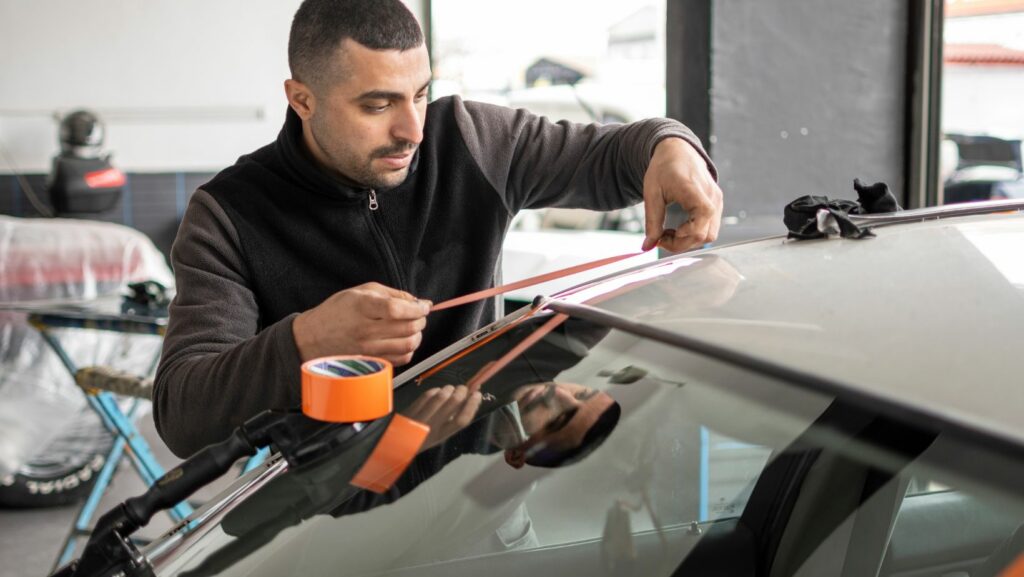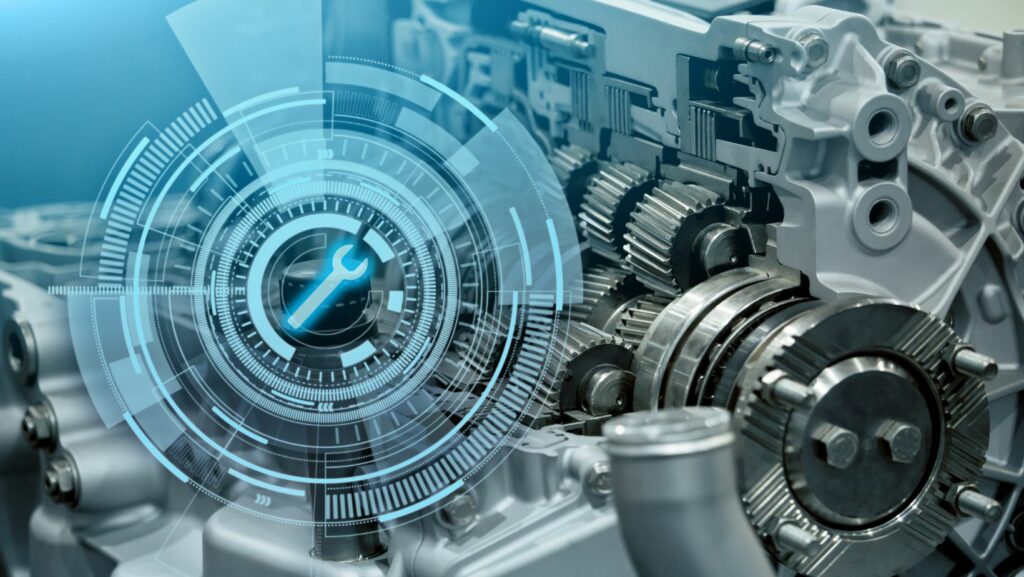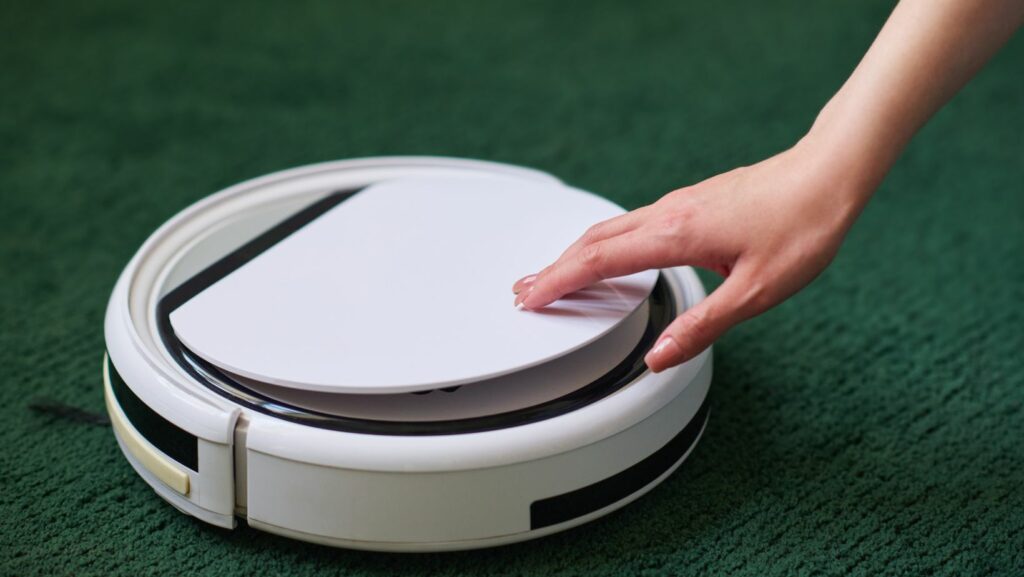Hi Tech Auto Glass
- Hi-tech auto glass significantly enhances vehicle safety through integrated technologies like heads-up displays and advanced driver assistance systems (ADAS).
- Key features such as adaptive tinting and laminated glass improve driver comfort and prevent shattering, providing added protection during accidents.
- The two main types of hi-tech auto glass, laminated and tempered, offer unique benefits in terms of durability and safety, with laminated glass providing sound insulation and UV protection.
- Proper installation is crucial for optimal performance; it involves careful preparation, selection of the right glass, and securing with high-quality adhesive.
- Regular maintenance, including cleaning and inspections for damage, is essential to preserve the effectiveness of hi-tech glass technologies and ensure long-lasting performance.
- Following manufacturer guidelines and using appropriate cleaning products help maintain the integrity and functionality of hi-tech auto glass.
In an era where technology drives innovation, hi-tech auto glass is revolutionizing the automotive industry. These advanced glass solutions offer more than just protection from the elements; they enhance safety, improve visibility, and integrate seamlessly with modern vehicle systems. As cars become increasingly equipped with smart features, the role of auto glass evolves, making it a crucial component of vehicle design.
From heads-up displays to adaptive tinting, hi-tech auto glass is not only about aesthetics but also functionality. It plays a vital role in driver assistance technologies, contributing to a safer driving experience. As consumers demand more from their vehicles, understanding the benefits of hi-tech auto glass becomes essential for anyone looking to stay ahead in the automotive landscape.
Overview of Hi Tech Auto Glass
Hi-tech auto glass encompasses a range of advanced technologies that transform traditional vehicle windshields and windows. This innovation plays a crucial role in enhancing vehicle safety and functionality. Key features include integrated heads-up displays, which project vital driving information directly onto the windshield, improving driver awareness without distraction.
Adaptive tinting is another notable feature of hi-tech auto glass. This technology adjusts the tint level in response to sunlight, reducing glare and enhancing passenger comfort. Improved visibility ensures that drivers can focus better on the road.
Furthermore, hi-tech auto glass also contributes to the integration of advanced driver assistance systems (ADAS). Many of these systems rely on cameras and sensors embedded in the glass to detect obstacles, monitor lane positions, and assist with parking. Understanding these features helps consumers navigate the increasingly complex automotive landscape and make informed choices about vehicle purchases.
In essence, hi-tech auto glass not only offers protection from the elements but also integrates seamlessly with modern vehicle systems, elevating the driving experience.
Benefits of Hi Tech Auto Glass
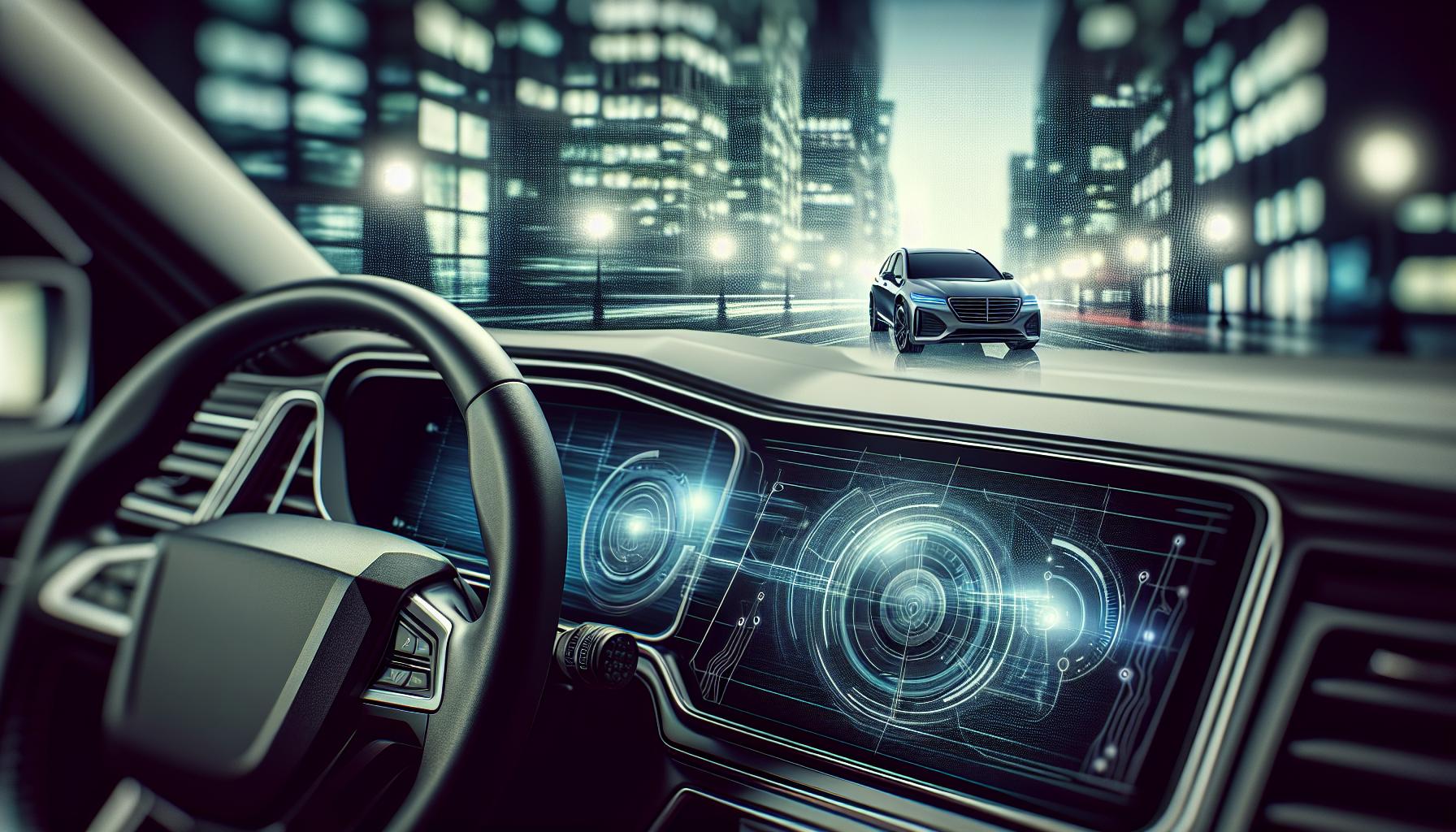
Hi-tech auto glass delivers numerous advantages that significantly contribute to vehicle functionality and driver experience. Key benefits include enhanced safety features and improved durability.
Enhanced Safety Features
Enhanced safety features in hi-tech auto glass include integrated heads-up displays and advanced driver assistance systems (ADAS). Heads-up displays project crucial driving information onto the windshield. This technology helps drivers maintain focus on the road while accessing essential data. ADAS relies on embedded cameras and sensors in the glass. These systems assist in obstacle detection, lane-keeping, and parking, reducing the likelihood of accidents and enhancing overall road safety.
Improved Durability
Improved durability characterizes hi-tech auto glass, designed to withstand harsh conditions and impacts. Manufacturers use advanced materials like laminated glass and tempered glass. Laminated glass consists of multiple glass layers, providing resilience against shattering. Tempered glass undergoes heat treatment, enhancing its strength significantly. These innovations contribute to longer-lasting performance, reducing the frequency of replacements and repairs, ultimately benefiting consumers.
Types of Hi Tech Auto Glass
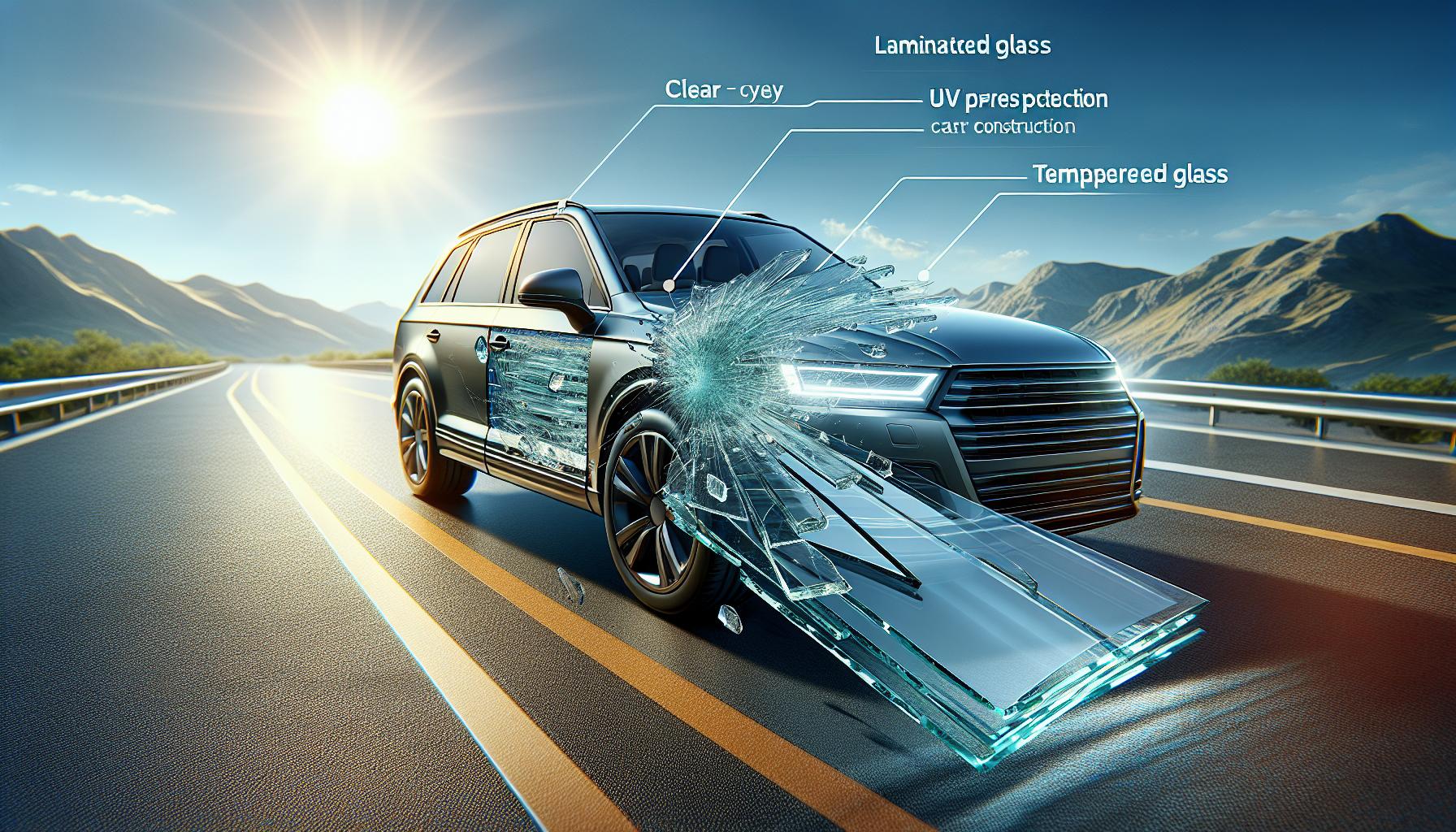
Hi-tech auto glass comes in various forms, each designed to enhance safety, durability, and functionality. Two predominant types include laminated glass and tempered glass.
Laminated Glass
Laminated glass consists of two or more layers of glass bonded with a durable interlayer, typically made of polyvinyl butyral (PVB). This construction enhances safety by preventing shattering upon impact, which keeps passengers secure during accidents. Laminated glass also offers superior sound insulation, reducing noise from road traffic and enhancing driving comfort. In addition, it blocks ultraviolet (UV) rays, protecting passengers and vehicle interiors from harmful sun exposure.
Tempered Glass
Tempered glass undergoes a specialized heating and cooling process that increases its strength compared to standard glass. This type of glass shatters into small, blunt pieces instead of sharp shards, minimizing injury risk. Tempered glass is particularly useful for side and rear windows, which may be susceptible to impacts. Additionally, it’s highly resistant to temperature changes, making it ideal for different weather conditions. Its durability ensures that vehicles equipped with tempered glass benefit from long-lasting performance and safety.
| Type of Glass | Safety Features | Additional Benefits |
|---|---|---|
| Laminated Glass | Prevents shattering, enhances passenger security | Superior sound insulation, blocks UV rays |
| Tempered Glass | Shatters safely into small pieces | High resistance to temperature changes, durable |
Installation Process of Hi Tech Auto Glass
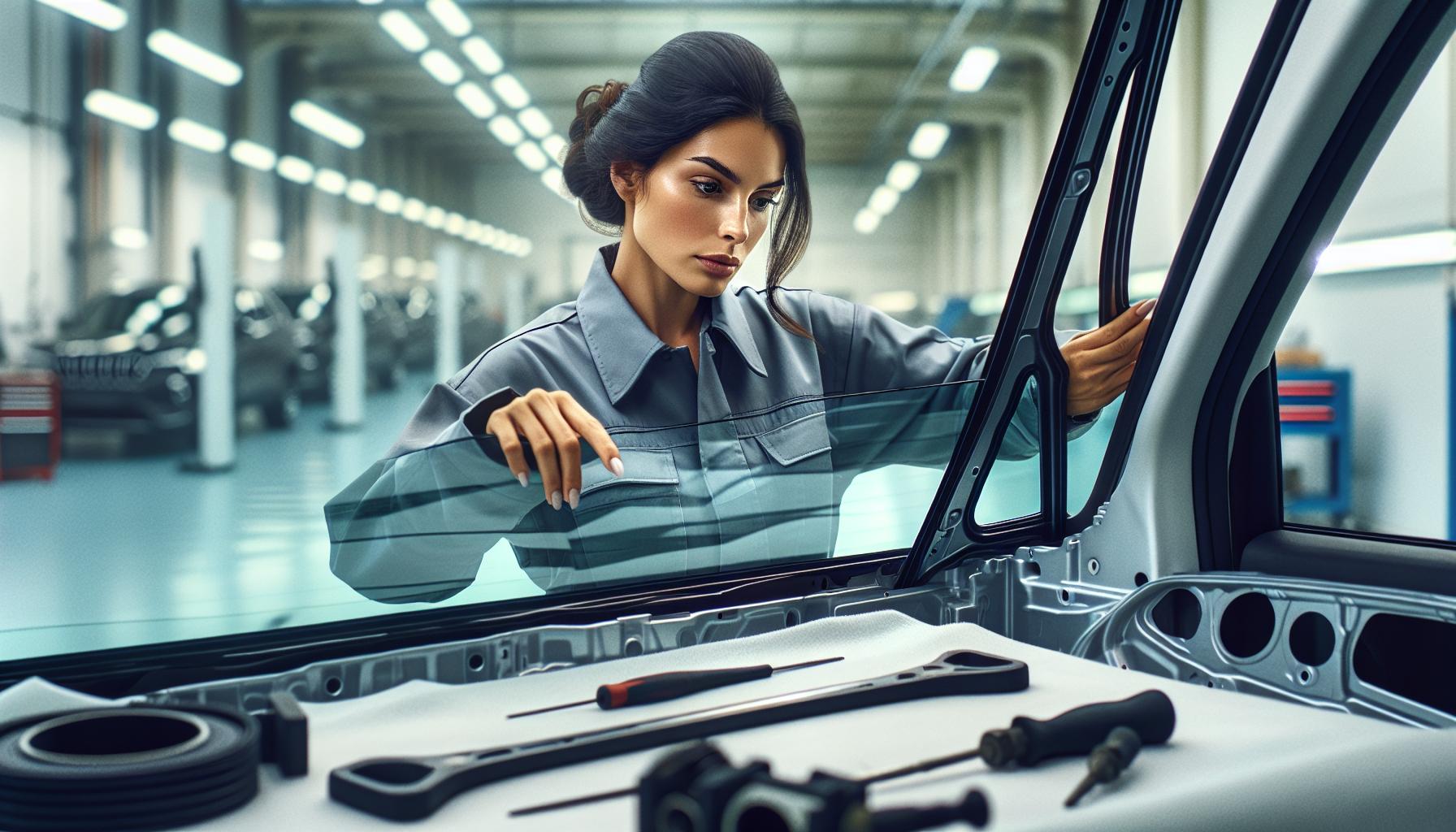
Proper installation of hi-tech auto glass ensures optimal performance and safety features. The installation process involves several crucial steps:
- Preparation: Technicians assess the vehicle’s condition, including the removal of any damaged glass and cleaning the frame. This step ensures adherence for the new glass.
- Choosing the Right Glass: Selecting the appropriate hi-tech auto glass variant is essential. Laminated or tempered glass must align with the vehicle’s specifications and safety standards.
- Applying Adhesive: Technicians apply a high-quality adhesive specifically designed for auto glass. This adhesive is critical for securing the glass and maintaining its integrity during various conditions.
- Positioning the Glass: Carefully positioning the glass within the frame requires precision. Technicians align the glass accurately, ensuring all sensors and features integrate seamlessly.
- Securing the Installation: Once positioned, technicians press the glass into the adhesive, checking for proper bonding. This step ensures no gaps exist that could compromise performance.
- Curing Time: Allowing sufficient curing time is vital. The adhesive must fully cure to guarantee the strength of the installation and the safety of the vehicle occupants.
- Final Inspection: After curing, technicians perform a thorough inspection. They check for any imperfections or misalignments, ensuring that the installation meets industry standards.
Following these steps, hi-tech auto glass installations enhance safety, performance, and functionality in modern vehicles. Proper installation maximizes the benefits of advanced technologies integrated into the glass, such as heads-up displays and ADAS, ensuring drivers experience all the advantages of this innovative solution.
Maintenance Tips for Hi Tech Auto Glass
Maintaining hi-tech auto glass ensures optimal performance and longevity. Follow these essential maintenance tips:
- Clean Regularly: Use a pH-balanced glass cleaner and a microfiber cloth. This helps avoid scratches and removes dirt that can obstruct visibility.
- Inspect Frequently: Check for chips or cracks. Early detection allows for timely repairs, preventing further damage that may affect safety features.
- Avoid Harsh Chemicals: Steer clear of ammonia-based cleaners, as they can degrade the glass and any coatings used for advanced technologies.
- Protect from Extreme Temperatures: Park in shaded areas during hot weather. Rapid temperature changes can stress the glass, leading to potential damage.
- Use Proper Wipers: Choose wipers designed for use with modern windshields. They should provide optimal coverage without scratching or damaging the glass surface.
- Address Issues Promptly: Respond to any warning signs of malfunctions from integrated systems. This maintains the effectiveness of features like ADAS and heads-up displays.
- Regular Professional Checks: Schedule inspections with professionals familiar with hi-tech auto glass. They can provide expert evaluations and maintenance services.
- Follow Manufacturer Guidelines: Adhere to specific care instructions provided by the vehicle manufacturer. This ensures all integrated technologies function as intended.
By implementing these maintenance practices, owners can enhance the performance and lifespan of hi-tech auto glass, ensuring safety and visibility on the road.
Future of Driving
Hi-tech auto glass represents a significant advancement in automotive technology. It’s not just about aesthetics or basic protection; it’s about enhancing safety and improving the overall driving experience. With features like integrated heads-up displays and adaptive tinting, drivers can enjoy a more comfortable and informed journey.
Proper installation and maintenance are essential to maximize these benefits. By understanding the unique qualities of laminated and tempered glass, vehicle owners can make smarter choices that lead to increased safety and durability. As the automotive industry continues to evolve, staying informed about these innovations will empower consumers to embrace the future of driving.

